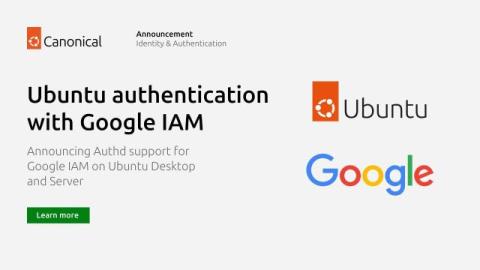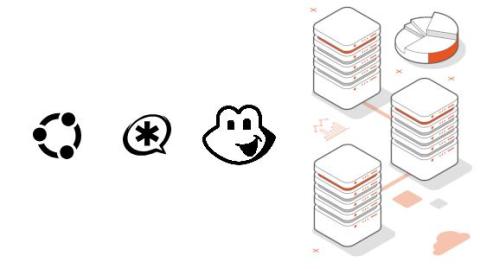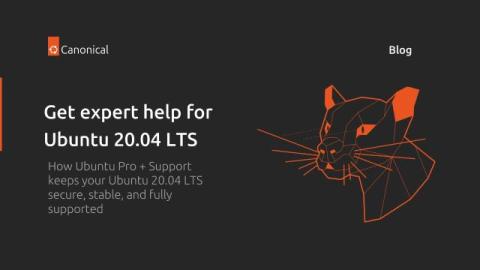What's the most exciting open source trend?
We’re on the ground, analysing, defining, and sharing the open source trends shaping the future. Quantum computing in Hall 6? Edge AI revolutionising infrastructure? Our experts are uncovering the innovations that matter, so you stay ahead. What’s the most impactful open-source trend you’ve seen?











